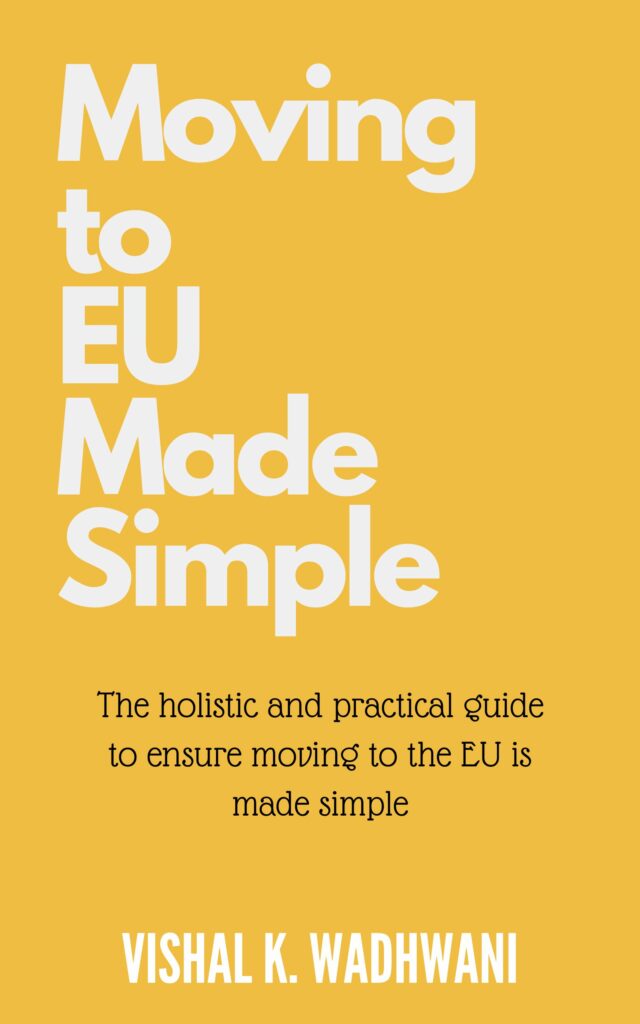Traveling Across Europe with a U.S. Passport: What You Need to Know
Exploring Europe is a dream for many American travelers. With its rich history, diverse cultures, stunning landscapes, and vibrant cities, Europe offers an unforgettable experience. If you hold a U.S. passport and are planning to travel across Europe, there are essential things you need to know to ensure a smooth and enjoyable trip. This comprehensive guide covers everything from visa requirements to travel tips, so you can confidently navigate your European adventure.
Understanding Visa Requirements for U.S. Passport Holders
One of the first considerations when traveling to Europe with a U.S. passport is understanding the visa policies. Thankfully, most European countries are part of the Schengen Area, which allows for visa-free travel for short stays.
What is the Schengen Area?
The Schengen Area comprises 27 European countries that have abolished passport and other types of border control at their mutual borders. This means you can travel freely between these countries without undergoing customs checks.
Visa-Free Travel Duration
U.S. passport holders can visit Schengen countries for up to 90 days within a 180-day period without a visa for tourism, business, or family visits. This rule applies collectively across all Schengen countries, not per country. For example, if you spend 30 days in France and 60 days in Germany within 180 days, you’ve reached your 90-day limit.
Countries Outside the Schengen Area
Some popular European countries like the United Kingdom, Ireland, Croatia, Romania, Bulgaria, and Cyprus are not part of the Schengen Area and have their own visa policies. Check each country’s entry requirements before traveling.
Entry Requirements and Important Documents
Besides your U.S. passport, there are other important documents and requirements to consider when traveling across Europe.
Passport Validity
Make sure your passport is valid for at least three months beyond your planned departure date from the Schengen Area. Many countries enforce this rule to prevent travelers from overstaying.
Proof of Sufficient Funds and Return Ticket
Border authorities may ask for proof of sufficient funds to cover your stay and a return or onward ticket. Carry bank statements, credit cards, or traveler’s checks, and your booked flight tickets.
Travel Insurance
Travel insurance with medical coverage is highly recommended and sometimes required, especially for Schengen visa applicants. It provides peace of mind in case of illness or emergencies abroad.
ETIAS: The New Travel Authorization for U.S. Citizens
Starting from 2024, U.S. citizens traveling to the Schengen Area will need to apply for ETIAS (European Travel Information and Authorization System) before their trip. ETIAS is not a visa but a mandatory electronic travel authorization to enhance security.
How to Apply for ETIAS
The ETIAS application is straightforward and done online. You will need to provide personal information, passport details, and answer security questions. The authorization is usually granted quickly and valid for multiple trips over three years or until your passport expires.
Cost and Validity
The ETIAS fee is expected to be around 7 euros. Once approved, you can travel visa-free within the Schengen Area for up to 90 days per 180-day period, just like before, but with added security screening.
Best Practices for Traveling Through Europe with a U.S. Passport
Plan Your Itinerary Carefully
Since the 90-day Schengen limit applies collectively, planning your itinerary to manage your time effectively is crucial. Use a calendar or travel app to track your days spent within the Schengen zone.
Keep Copies of Important Documents
Always keep digital and physical copies of your passport, travel insurance, tickets, and accommodation bookings. This can help in case of loss or theft.
Stay Informed on Local Laws and Customs
Europe is diverse, and customs vary by country. Familiarize yourself with local laws, cultural norms, and etiquette to avoid misunderstandings.
Use Trusted Transportation and Accommodation
Europe has an extensive transportation network including trains, buses, and low-cost airlines. Book through reputable providers to ensure safety and reliability. Also, choose accommodations with good reviews and secure locations.
Additional Tips for U.S. Travelers in Europe
- Currency: While many countries use the euro, some do not. Carry some local currency and a credit card with no foreign transaction fees.
- SIM Cards and Internet: Consider buying a European SIM card or an international phone plan for affordable connectivity.
- Language: English is widely spoken in tourist areas, but learning a few basic phrases in the local language can enrich your experience.
- Safety: Europe is generally safe, but stay vigilant against pickpockets, especially in crowded places.
Conclusion
Traveling across Europe with a U.S. passport is an exciting and accessible adventure, especially with visa-free access to the Schengen Area and the upcoming ETIAS travel authorization. By understanding entry requirements, preparing essential documents, and following best travel practices, you can enjoy a hassle-free European journey full of discovery and cultural richness. Start planning your trip today and embrace the wonders Europe has to offer! 🌍✈️🧳

Comments are closed